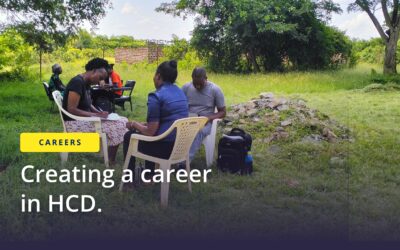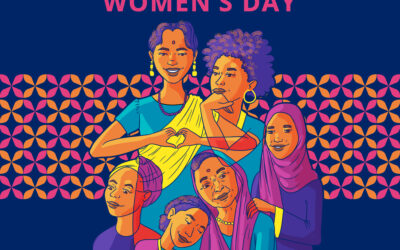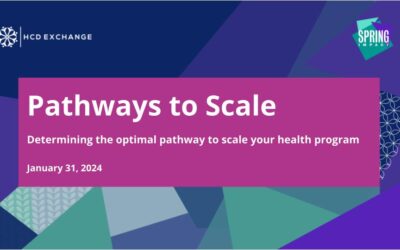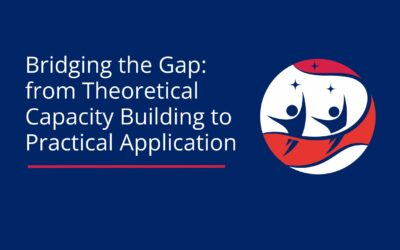On December 3, 2020, The HCDExchange team participated at the Reproductive Health Network Kenya (RHNK) Annual Conference on sexual and reproductive health.
The conference theme was “addressing the three zeroes by prioritising adolescent and young people’s SRHR.” The conference brought together policy makers, service providers, experts, grassroots women and girls, men, sexual and gender minority groups, civil society organizations and young people. The HCDExchange hosted a dedicated panel on youth integration in design-led sexual and reproductive health programming.
Panelists for the session were:
- Ayush Chauhan, Founder, Quicksand, India
- Kigen Korir, ASRHR Programme Manager, UNFPA
- Dr. Anastasia Mirzoyants, Head of Knowledge and Learning, Shujaaz Inc
- Dr Christine Wambugu, Adolescent Health Programme Manager, Ministry of Health Kenya
- Gabriel Mutua, Programme Analyst, HCDExchange
- MaqC Eric Gitau, Director, HCDExchange
- Dr Ruth Akua Pokuah Appiah, Community of Practice Associate, Youth Leadership Hub, Ghana, HCDExchange.
Three key thematic takeaways from the panel
The panel raised three important considerations for the design, implementation and evaluation of HCD+ASRH programmes for youth:
1/Designing for youth requires us to see them in their full complexity, diversity and realistic contexts
Participants highlighted that designing for youth requires us to think of them not as a singular interest group, but as a diverse group of people with a variety of needs, desires and motivations. Moreover, as many of today’s youth become exposed to technology and access to information via social media, their cognitive and social development as well as their understanding of their relationship to their sexual health is being shaped by new forces that weren’t prevalent in the recent past. These are novel considerations that will need to be kept in mind as we design programmes for the young people of today.
Participants also highlighted that while these technological forces are important in understanding today’s youth, there is need to remain grounded in the varying socioeconomic realities many African youth face in terms of lack of access to technology and information:
ASRH solutions have to be grounded in the needs of the adolescent. If you have designed a solution that uses mobile telephones without considering the fact that they may not have connectivity, then that solution will likely fail. To build sustainable and efficient solutions it is important to go down to the realities of the group that your solution will be catering to, and understand their core needs and limitations of access.-Kigen Korir
2/The benefits of HCD are becoming increasingly apparent, but proving the efficacy of HCD approaches and getting stakeholder buy in requires documentation, further evidence generation, and patience
Panelists noted that human-centred design was gradually yielding effective results in improving programme efficiency, aligning programming to youth realities and expectations, and demonstrating a nascent and promising evidence base that will inform future programming:
Once you go through HCD you save a lot of time and money. HCD is about, how can we do this better? How can we involve adolescents in defining their problems and coming up with their own solutions? We are able to improve service delivery, lower barriers, and interact one on one with adolescents through this process.
Implementing HCD allows you to tailor-make solutions and programmes based on the behaviour and setting of the adolescent. It allows you to move away from a siloed approach towards a multi disciplinary approach that takes into account other players in the adolescents’ ecosystem like spiritual leaders, service providers, schools and communities.- Christine Wambugu
Despite the progress made, panelists also emphasised that HCD was still far from becoming the gold standard in programme design and delivery, highlighting reticence from stakeholders, the lack of a critical mass of documentation and evidence, and implementation costs as key obstacles:
The practice of HCD seems a bit unapproachable right now. There are questions around the efficacy of HCD. Everything has not been figured out yet. It is a journey we are taking, and as we work together we will be able to build knowledge around that and answer some of those questions. –Ayush Cauhan
We have to really decide to start taking a paradigm shift in the way that we approach our programmes. Yes, HCD may be a bit costly in the beginning but the benefits of having a more effective intervention are worth the initial startup cost. We have to be deliberate in terms of working with the people we want to serve. We have to document the evidence because that is the only way we can encourage a multitude of practitioners to adopt it.-Kigen Korir
3/Programme evaluation within and outside HCD projects needs to evolve to take into account young people’s preferences
Participants noted that traditional programme evaluation techniques like surveys and focus groups may not always fit appropriately to human-centred projects that involve youth. Exploring new methods like gamification and experiential evaluation can help extract more accurate and authentic insights from young people:
As evaluators we tend to stick to very traditional formats of evaluation like surveys and /or focus groups. In this process people report back what they are doing and how they are doing it. At Shujaaz we are constantly trying to design methods that are more relatable, and where young people engage with other young people but not in the traditional formats.
We have found that the gamification of methods makes the experience of gathering feedback fun. The participants do not have already prepared answers to report, but as they engage in these games or other experiences, we are able to see and understand their natural behaviours. It is unnatural for young people to sit around a table for 40 minutes, which is what a focus group discussion might ask of them. Young people want something lively, engaging, and entertaining. When we give them that in the methods we end up with richer data.- Anastasia Mirzoyants
Missed the session? Watch it on our Facebook Live Page. If you have any more questions, don’t hesitate to reach out to us via community@hcdexchange.org.
*Participants’ contributions were edited for clarity.




